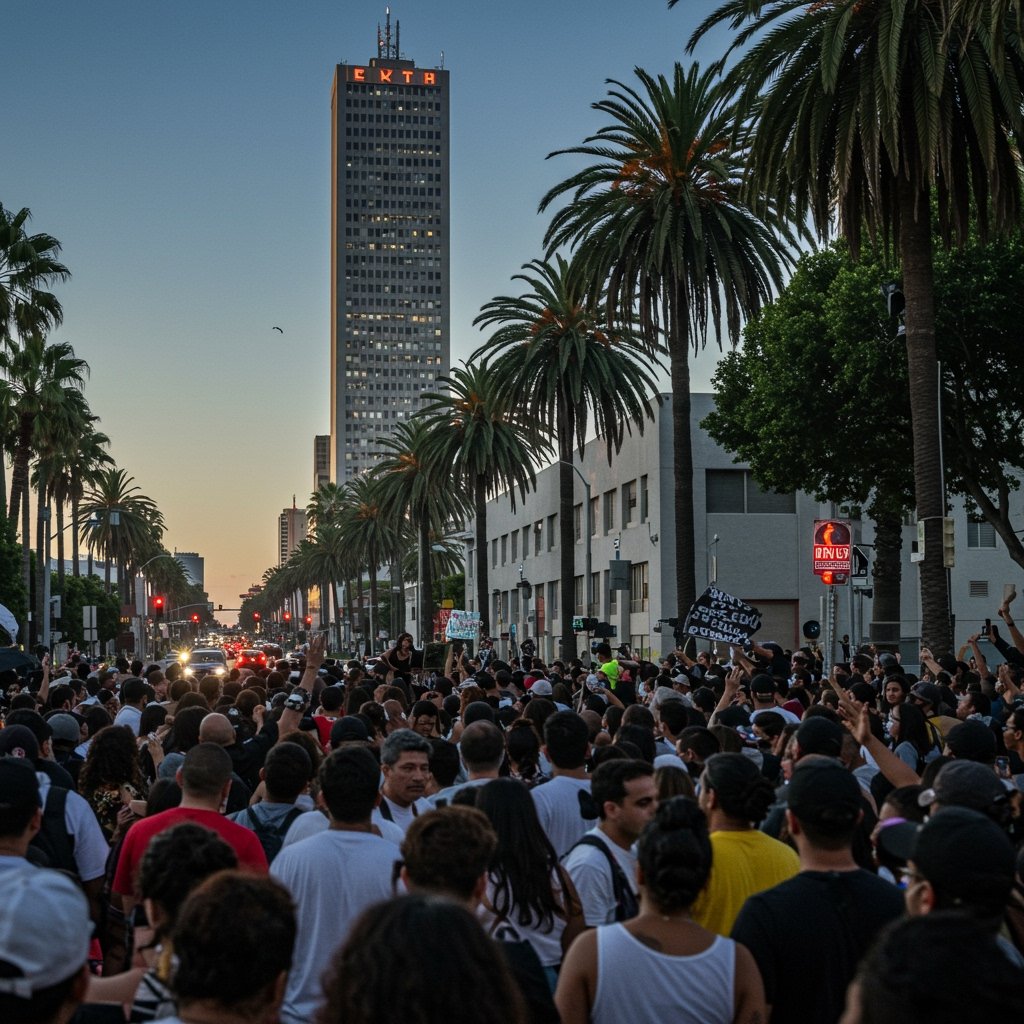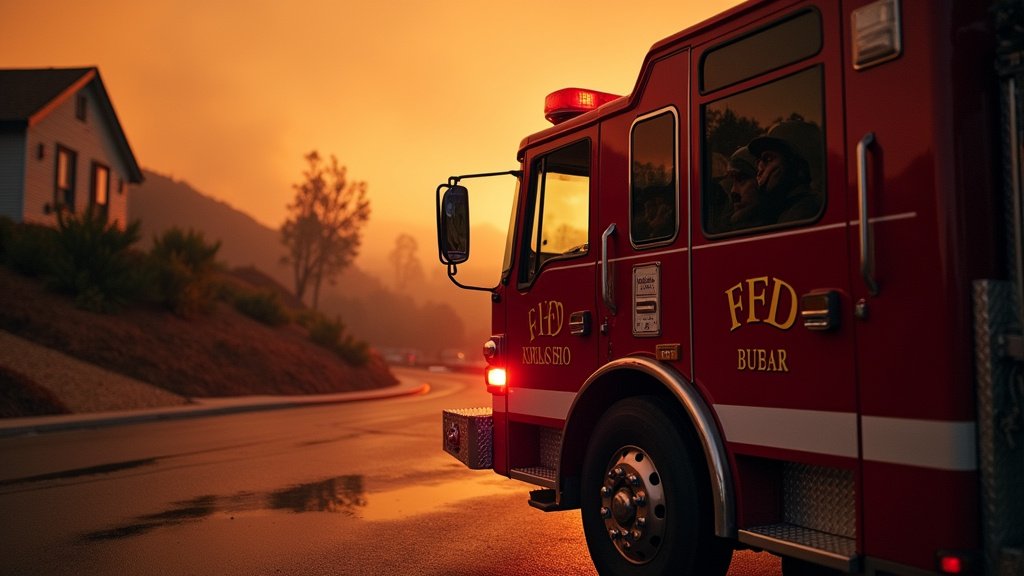Los Angeles, CA – Downtown Los Angeles is returning to its regular rhythm after Mayor Karen Bass announced the lifting of the city’s weeklong curfew on Tuesday, June 17, 2025. The restriction, imposed amidst intense protests following recent federal immigration raids, was removed as city officials noted a significant decline in violence and vandalism in the central business district.
A Week Under Curfew: The City’s Response to Unrest
The curfew was initially implemented on Tuesday, June 10, encompassing a specific one-square-mile area of downtown Los Angeles. Its initial hours ran from 8 p.m. to 6 a.m. daily. The measure was a direct response to a series of violent clashes with law enforcement, instances of widespread looting, and significant vandalism that occurred during demonstrations against actions by U.S. Immigration and Customs Enforcement (ICE). On Monday, June 16, Mayor Bass had already adjusted the curfew’s start time, pushing it back to 10 p.m. before deciding to lift it entirely.
Throughout the week, the presence of the curfew aimed to deter further nighttime disturbances in the affected zone, which includes key commercial and administrative areas. Its imposition reflected the urgency of the situation as protests escalated beyond peaceful assembly into destructive acts, creating significant challenges for law enforcement and impacting local businesses and residents.
Roots of the Disruption: Federal Raids and Local Tensions
The wave of protests that prompted the city’s response was sparked by high-profile federal immigration raids conducted by ICE. According to a statement from the Governor’s office, these operations commenced on Friday, June 6, 2025. Crucially, the Governor’s office noted that these raids began without prior notification to local law enforcement agencies, a point that significantly strained relations between federal and local authorities and was cited as contributing to the volatile environment.
Federal Intervention and Local Opposition
The unrest in Los Angeles unfolded concurrently with notable actions taken at the federal level. President Donald Trump made the decision to federalize units of the National Guard and deploy active-duty Marines to Los Angeles. This move, intended by the administration to quell civil disorder, was met with strong disapproval from local leaders. Both Mayor Bass and Governor Gavin Newsom publicly opposed the federal military deployment, arguing it was unnecessary and could potentially exacerbate tensions rather than resolve them.
Mayor Bass was pointed in her assessment of the situation, attributing the chaotic nature of the protests in Los Angeles to the actions and policies emanating from the White House. This highlights the deep divide and lack of coordination between the federal government and city and state officials in managing the crisis.
The Financial Burden: Estimating the Cost of Unrest
The week of unrest has left a substantial financial impact on the city. The City of Los Angeles has estimated the cost incurred due to the protests to be nearly $20 million. This significant figure accounts for a range of expenses, including increased law enforcement overtime, costs associated with repairing damaged public and private property resulting from vandalism and looting, and cleanup efforts across the affected downtown area. The financial burden underscores the tangible consequences of the civil disturbances on municipal resources.
Accountability and Charges: Legal Actions Follow Violence
In the wake of the protests, authorities have taken steps to hold individuals accountable for the violence and destruction. Criminal charges have been announced against several individuals in connection with illegal activities during the demonstrations. Among those facing charges is 23-year-old William Rubio, who is charged with felony offenses for allegedly assaulting a police officer and using fireworks on June 8. Antonio Dear Rosa, aged 44, is accused of pointing a laser at a police helicopter, a dangerous act that can disorient pilots. Terrell Tillis faces charges related to the alleged possession of a loaded firearm, while Eddie Baldwin is accused of forced entry into an Apple store. These cases highlight the legal consequences faced by those alleged to have engaged in criminal acts during the protests.
Looking Ahead: Mayor Bass’s Assessment and Outlook
In announcing the lifting of the curfew, Mayor Bass stated that the decision was made because violence and vandalism in the downtown area have now diminished to a level that no longer necessitates the restriction. However, she also included a cautionary note, indicating that the possibility of reinstating the curfew remains should conditions deteriorate or renewed widespread unrest occur. This serves as a reminder that while immediate tensions have eased, the city remains vigilant.
Conclusion: Steps Towards Recovery
The lifting of the downtown Los Angeles curfew marks a significant step towards recovery and a return to normalcy for the city’s core. After a tumultuous week triggered by federal immigration enforcement actions and compounded by federal-local political tensions, the city is beginning to heal and assess the damage. The financial costs are substantial, and the legal process for those charged is underway. While the immediate crisis requiring the curfew has passed, the underlying issues and their implications for Los Angeles continue to be addressed by city and state leaders.





